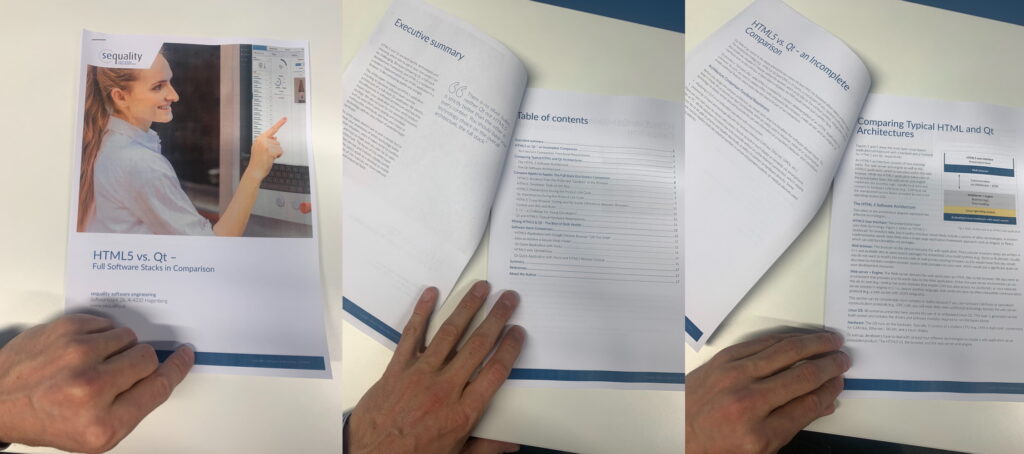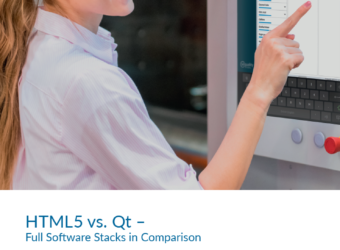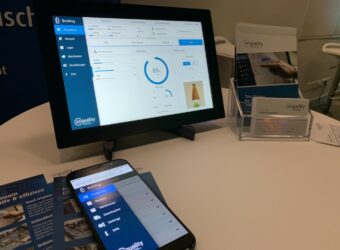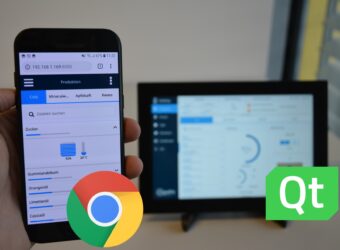There are two reasons for writing a follow-up. The debate whether and in which context native or web technologies are the better approach is as alive as it was back when I published the first white paper – both in online forums, as well as board meeting rooms. The second reason was that I became inspired by a piece of valid criticism: Comparing Qt, a full-stack development environment, and HTML5, a standard for a modern implementation of an HTML application in a browser, is possibly not quite the same as comparing apples and oranges, but more like comparing apples to an apple tree. Qt lets you develop both backends and frontends, while web applications on their own are limited to only displaying frontends.

The initial ambition of this white paper was to take a step back and level the playing field by comparing the architecture of a full stack HTML5 application (including its backend software layers) vs. the architecture of a full-stack Qt application. In addition, I wanted to take my research a step further.
We are looking at the structures of an average Qt and web application, their building blocks and implications of the differences. I also elaborate on how the different technologies affect product strategies throughout the product life cycle and what to watch out for. We are also looking at the extended ecosystem, such as which features third-party tooling and developer communities can bring to the table, and the impact of the choice of technology on your potential target hardware.
Let me set some expectations: The focus of this white paper is on embedded devices and industry display panels. Whereas a lot of the basics apply to a desktop or mobile environment, some of the nuances will be more relevant for the embedded/industry field. Secondly, (spoiler alert!) if you are looking for a definite answer which framework is the best, this white paper (and any other I know of) will not provide it. The truth is, both HTML5 and Qt are terrific options and neither of them is strictly better than the other in every context. If you focus on increasing your awareness of which technology fits which situation better, under which circumstances it makes sense to combine the two, and how to enable the planning of an open, scalable architecture, please give it a read!
For those of you who prefer listening to a webinar, you can register for the following online event here:
[Update 27.November 2019] You can now see the webinar as a video-on-demand stream here:
Background information: The complete text was written by Stefan Larndorfer during March 2019 until July 2019, with valuable input by the Sequality Team: Thank you Helene, Dmitriy, Lukas, Andreas and Simon! The input collected throughout two customer projects was particularly useful when writing some of the chapters. The Qt Company again showed interest in publishing the content on qt.io and provided help with regards to graphics, translations and layout. Thanks Patrick and Carl!


